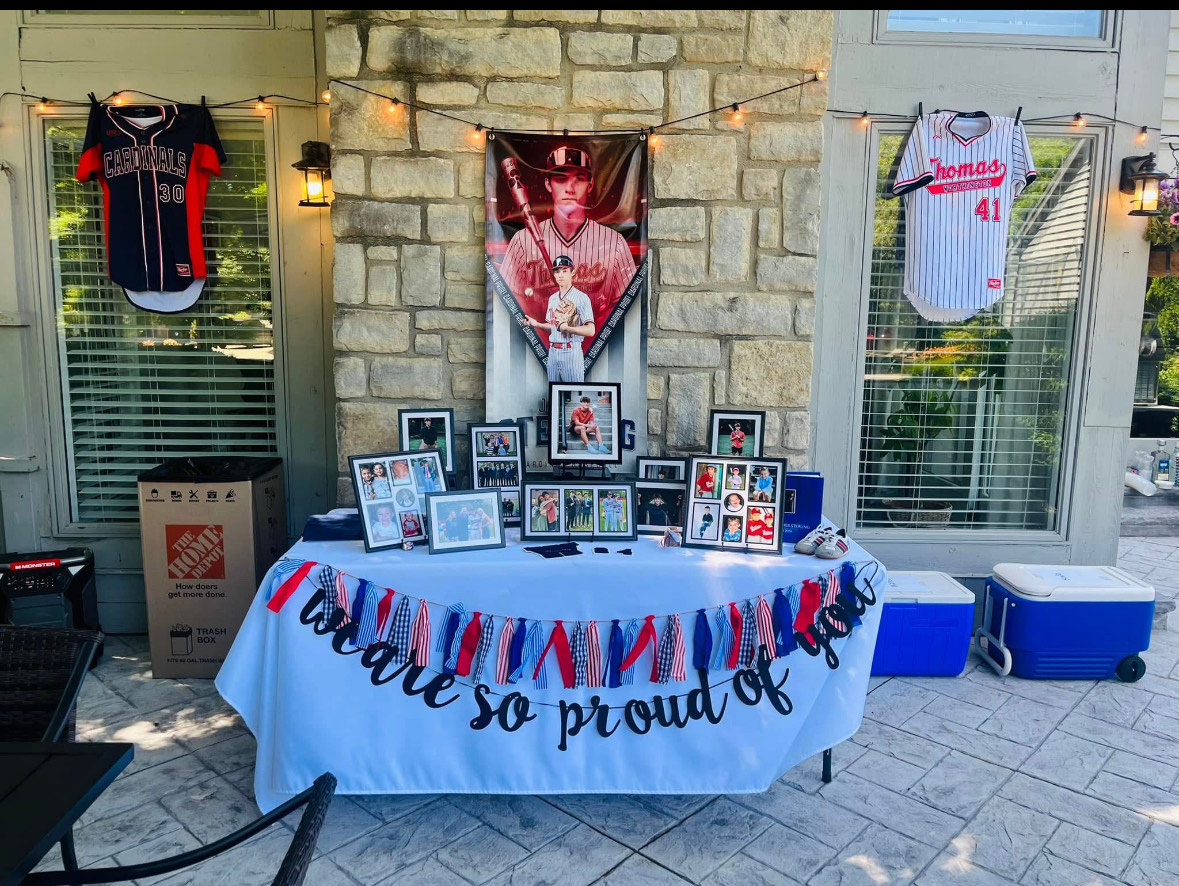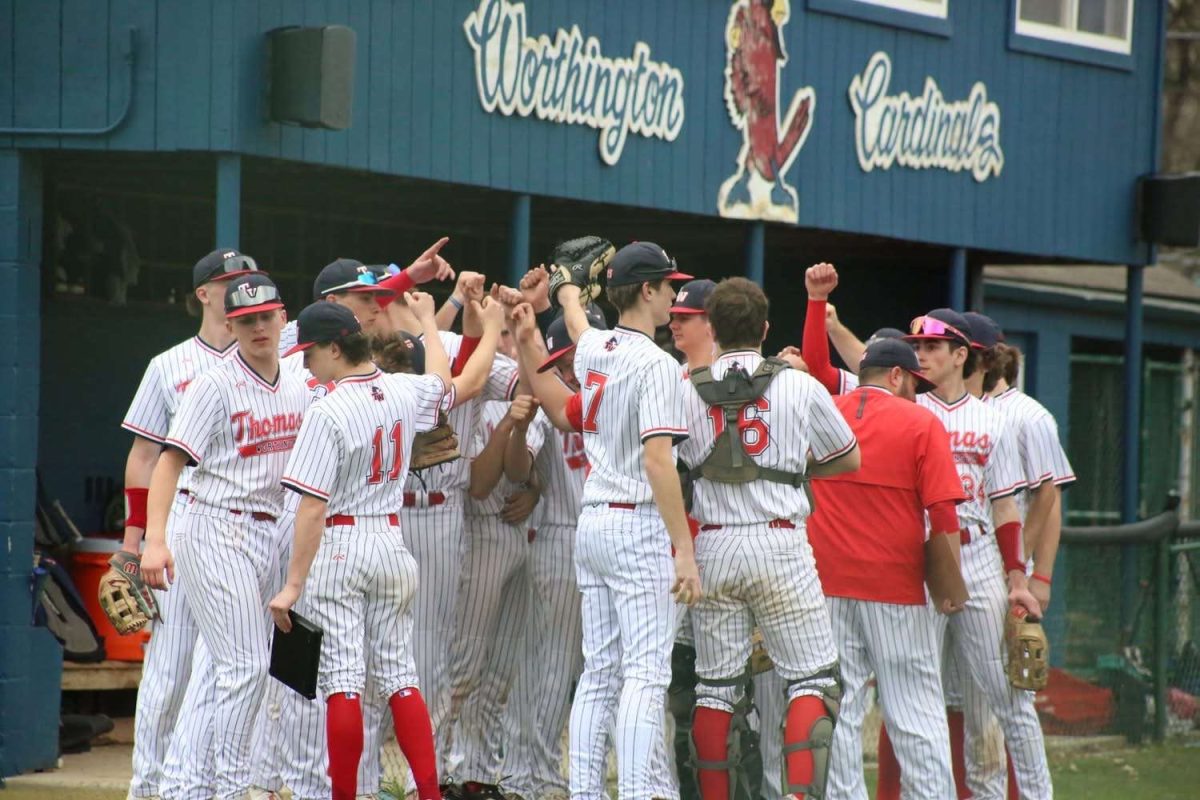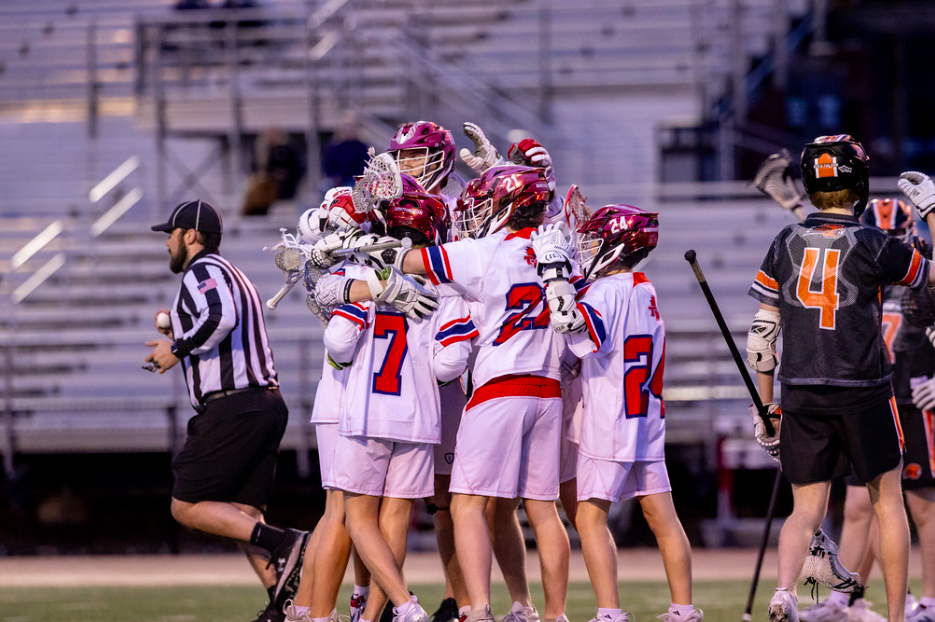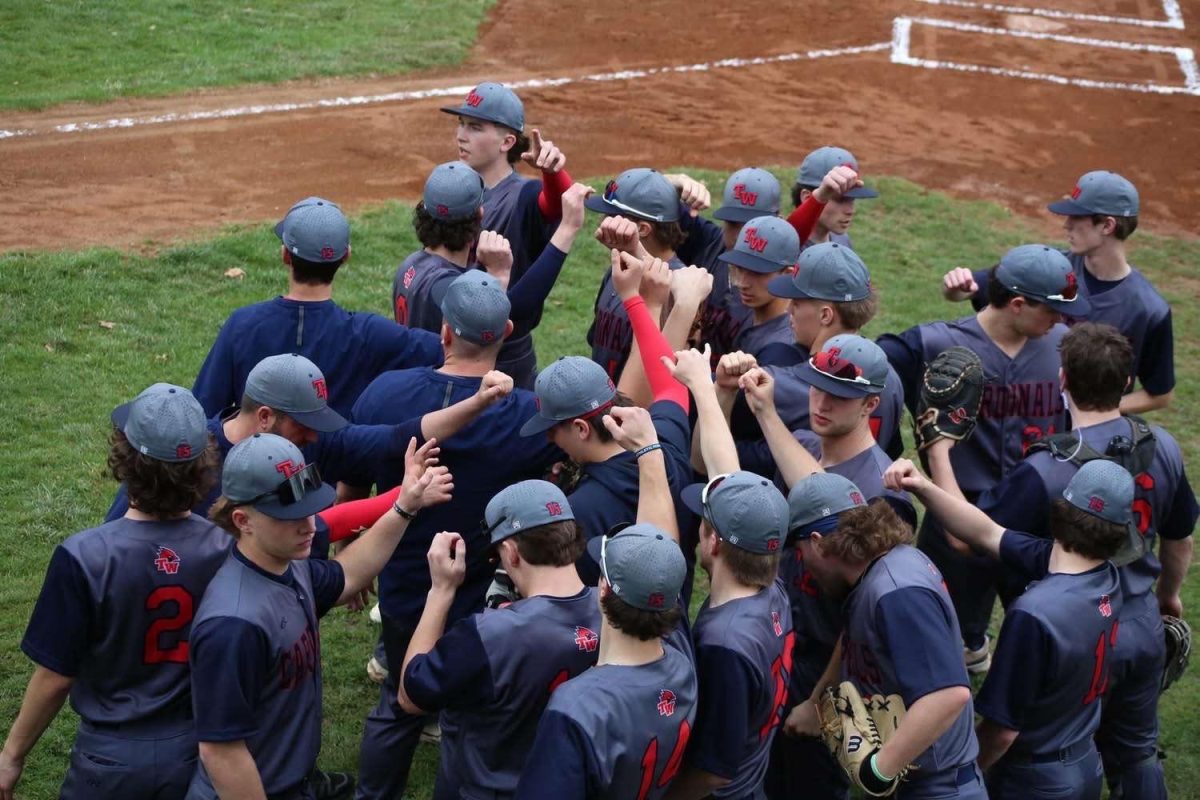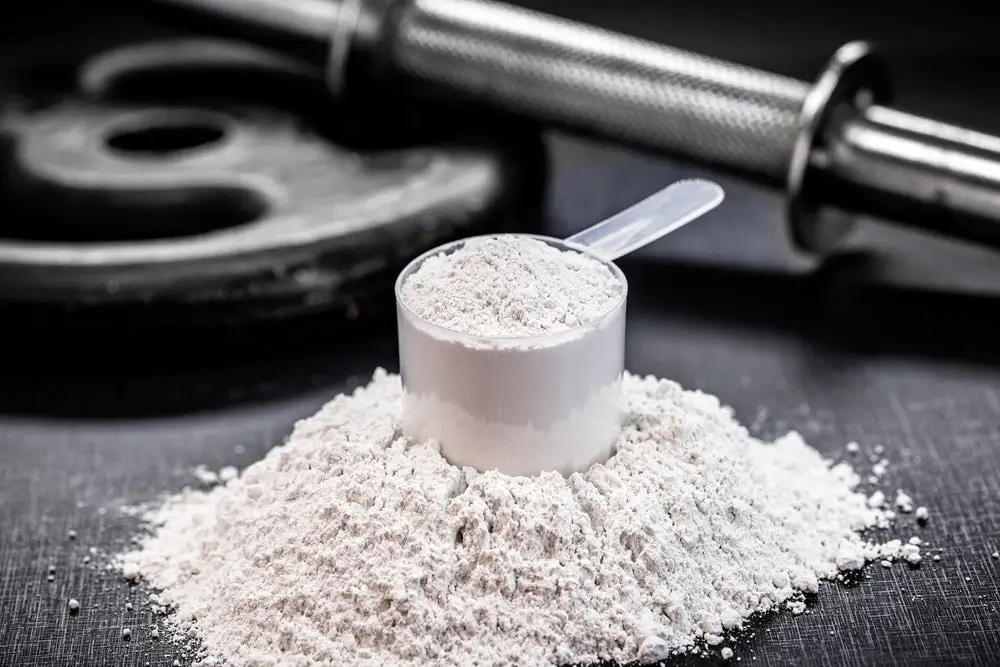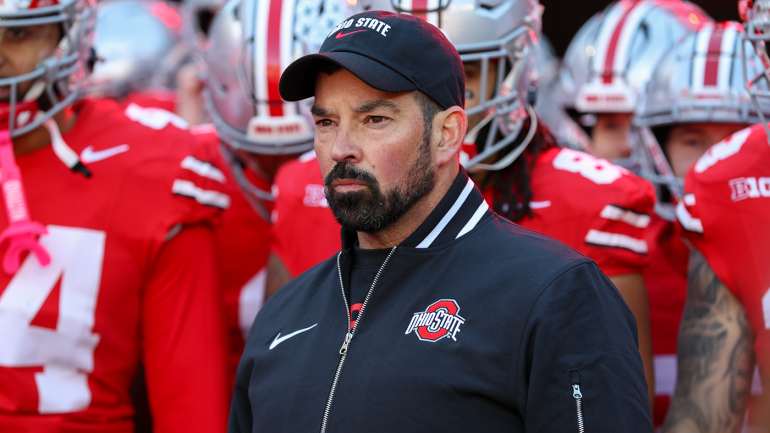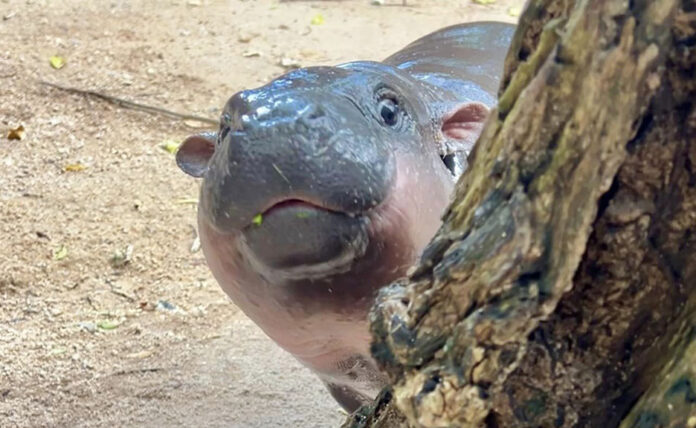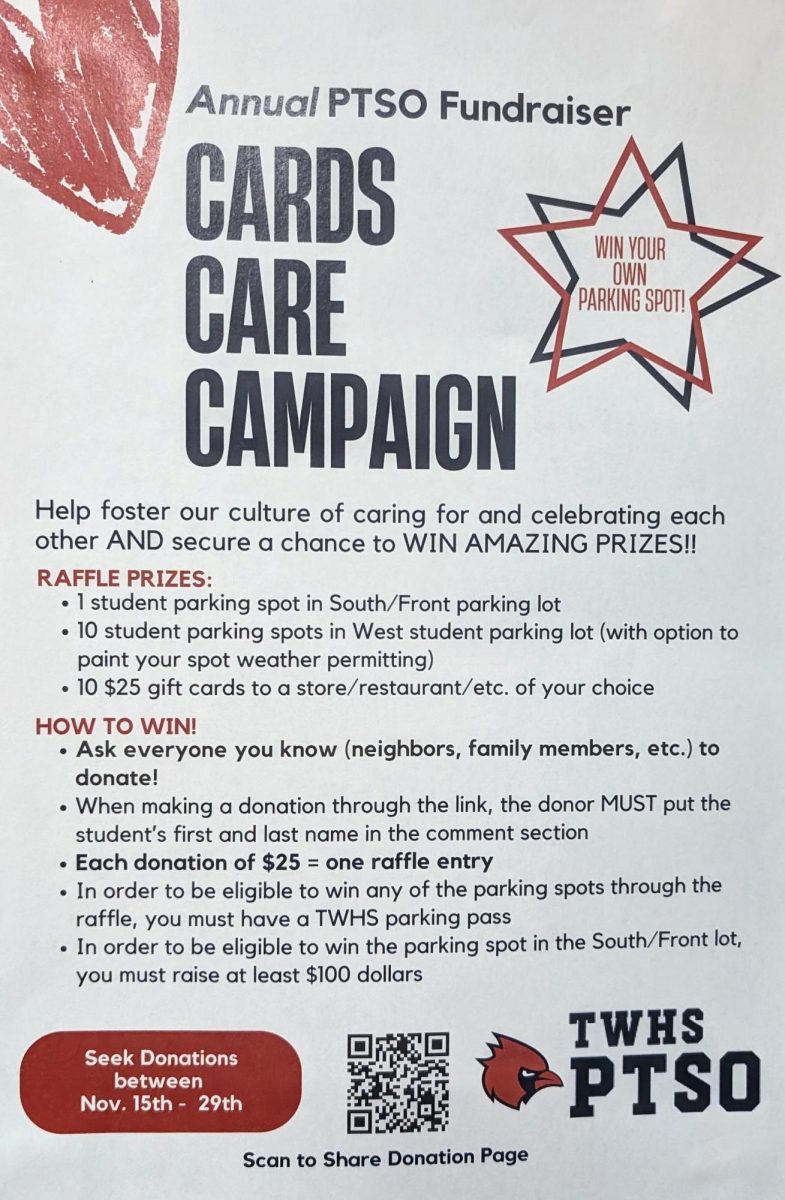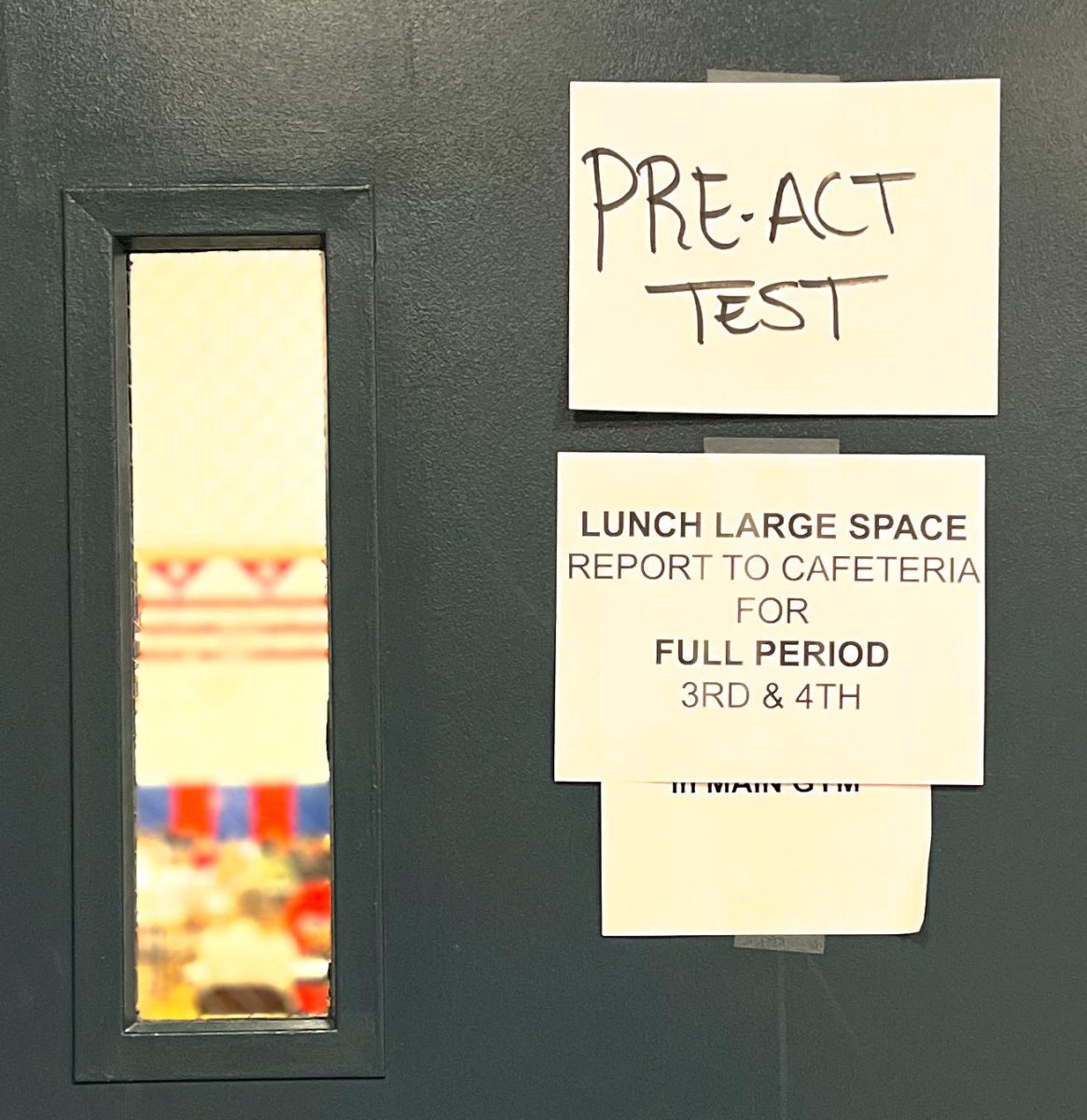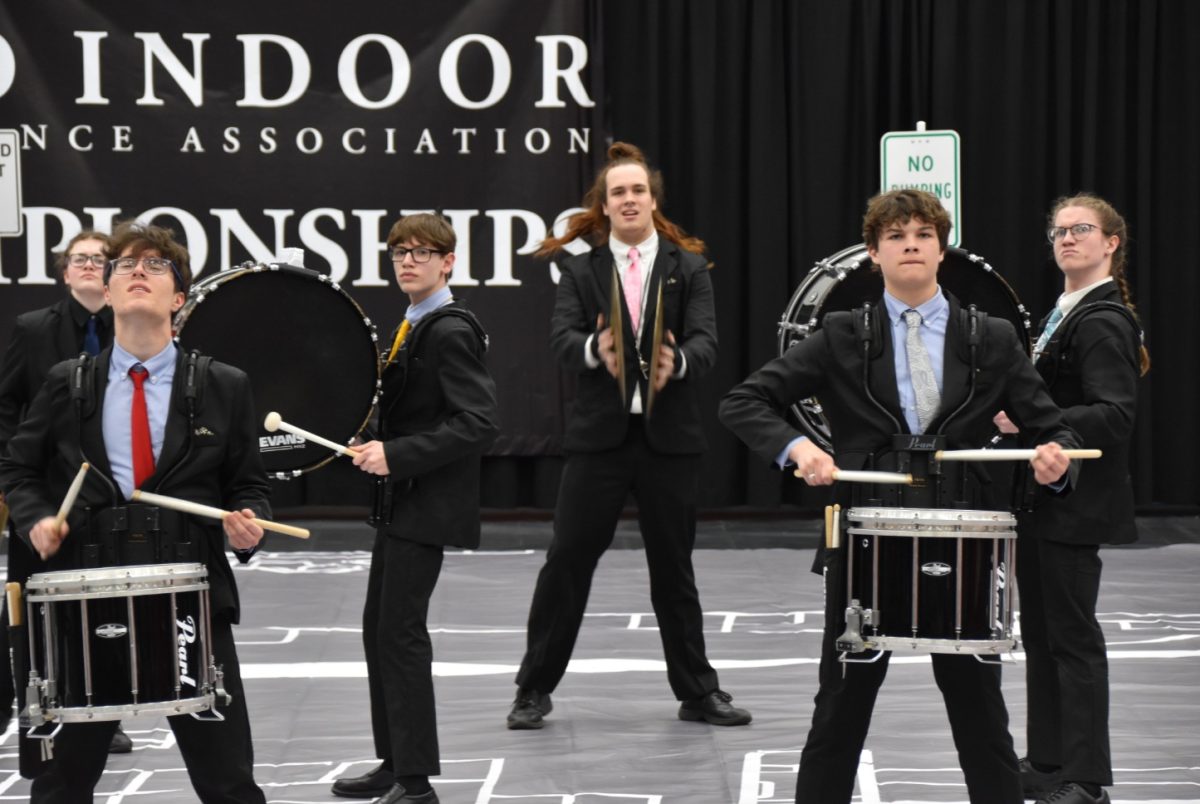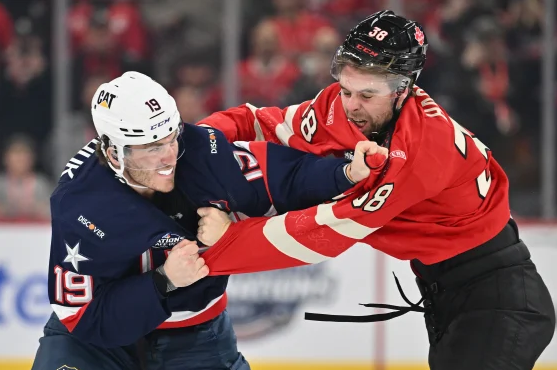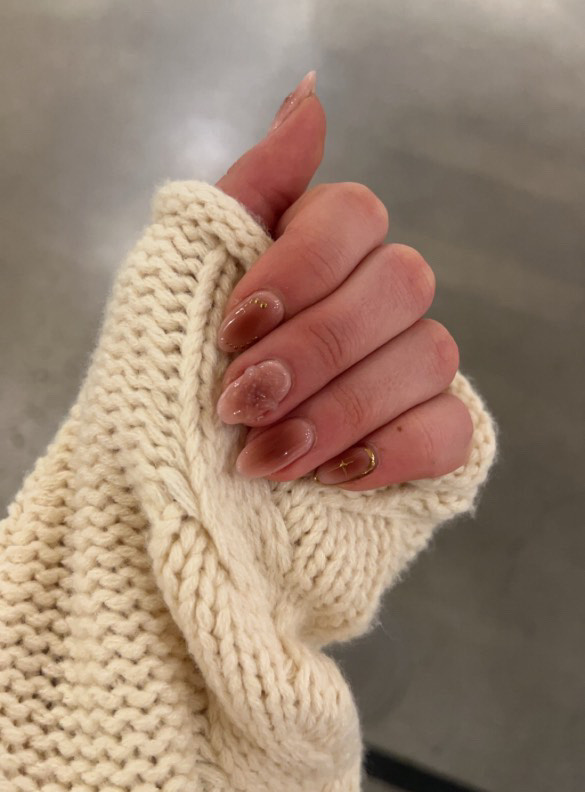High School Athletes
Common Injuries
May 20, 2016
Over 1.35 million student athletes are injured badly enough that they must go to a hospital. The most common injuries are to the head, face, fingers, knees and ankles. Occasional bumps and bruises are expected when students play sports, but too many students are arriving in emergency rooms due to their involvement in athletics.
The five most common sports-related injuries in high school athletes are ankle sprains, groin pulls, hamstring strains, shin splints and patellofemoral pain syndrome, which is basically a knee injury.
Most athletes have experienced a sprained ankle. Sprained ankles typically occur when the foot turns inward, and this turning stretches or tears the ligaments on the outside of the ankle. Recovery from an ankle sprain is normally quick and relatively easy. In general, doctors recommend moving the ankle so it doesn’t get stiff and weak. The injury may be more severe if an athlete cannot put weight on it after a day or two, so in that case, it would be a good idea to see a doctor. To prevent a sprained ankle an athlete could use braces to prevent the ankle from twisting and turning. Another option is to strengthen the ankles with physical therapy exercises.
A groin pull occurs when an athlete pushes off the leg in a side-to-side motion which strains the inner thigh muscle or the groin. Compression, ice and rest will typically heal most groin injuries. Returning to full activity too quickly can aggravate the groin, turning it into a long-term problem. If a groin pull has significant swelling, a physician assess it. To prevent groin pulls, athletes should do exercises that strengthen the groin muscles.
Athletes strain hamstrings when doing activities like hurdling and kicking the leg out sharply. Hamstring strains heal slowly because of the constant stress resulting from everyday activities like walking. Complete healing can take six to 12 months. To prevent hamstring strains athletes should stretch their hamstrings before exercise.
Pains down the front of the legs are often called shin splints. Running is the typical cause of shin splints. Resting and icing are the best ways to treat shin splints. It is difficult to prevent shin splints, but stretching can help.
Patellofemoral pain syndrome is the repetitive movement of your kneecap (patella) against your thigh bone (femur). This rubbing can damage the tissue under the kneecap. Athletes involved in running, volleyball and basketball typically have this injury. Healing from patellofemoral pain syndrome takes time; it can take six weeks of physical therapy to address the problem. To prevent this type of injury, athletes should do stretches to keep up their alignment. Most of these injuries can be easily prevented.
While these injuries are common, it is clear that stretching is imperative in avoiding them. Of course, stretching will not prevent all injuries, but if more athletes would take the time to do so, they could save themselves a lot of pain.

